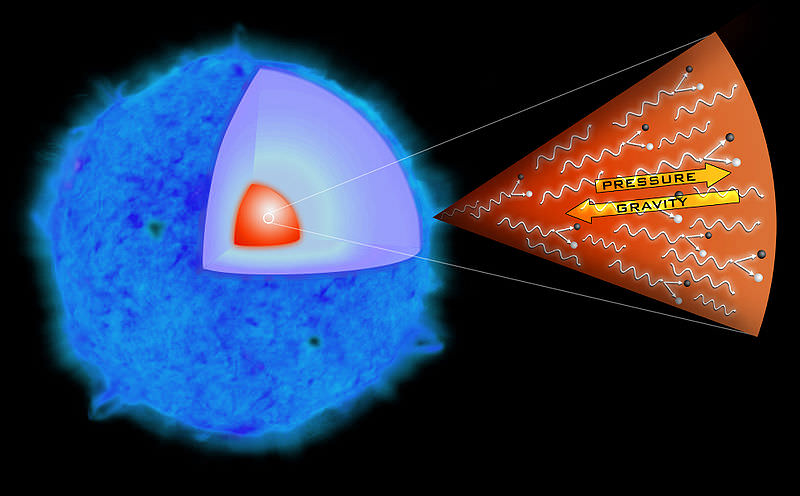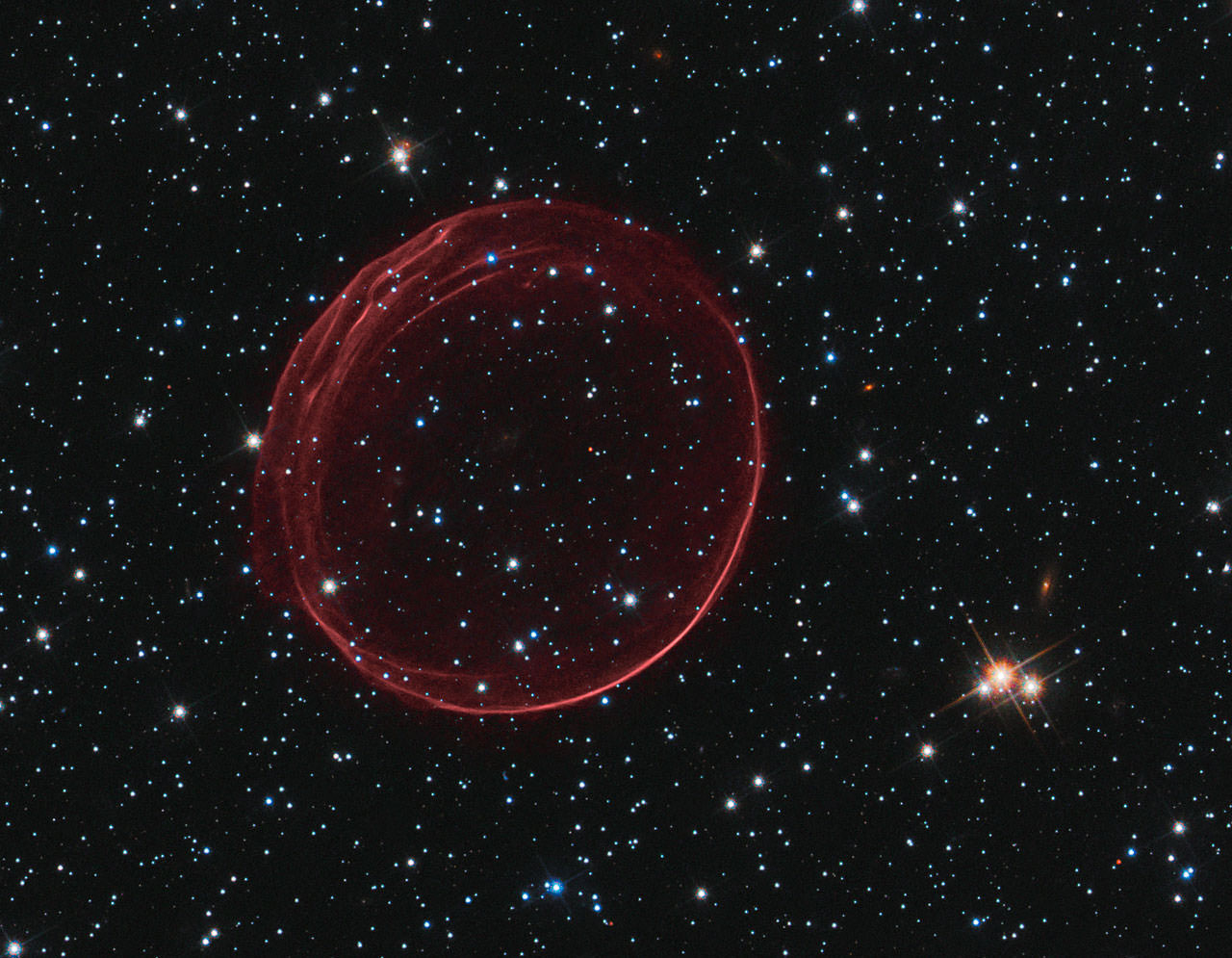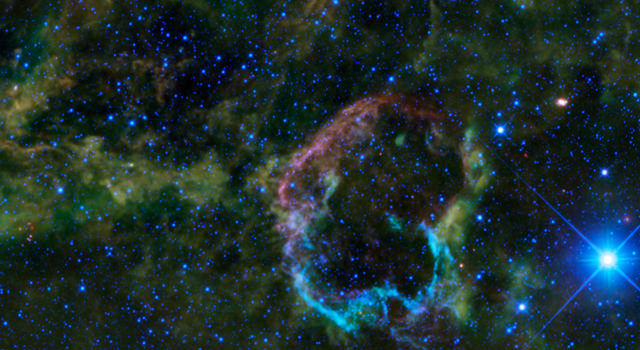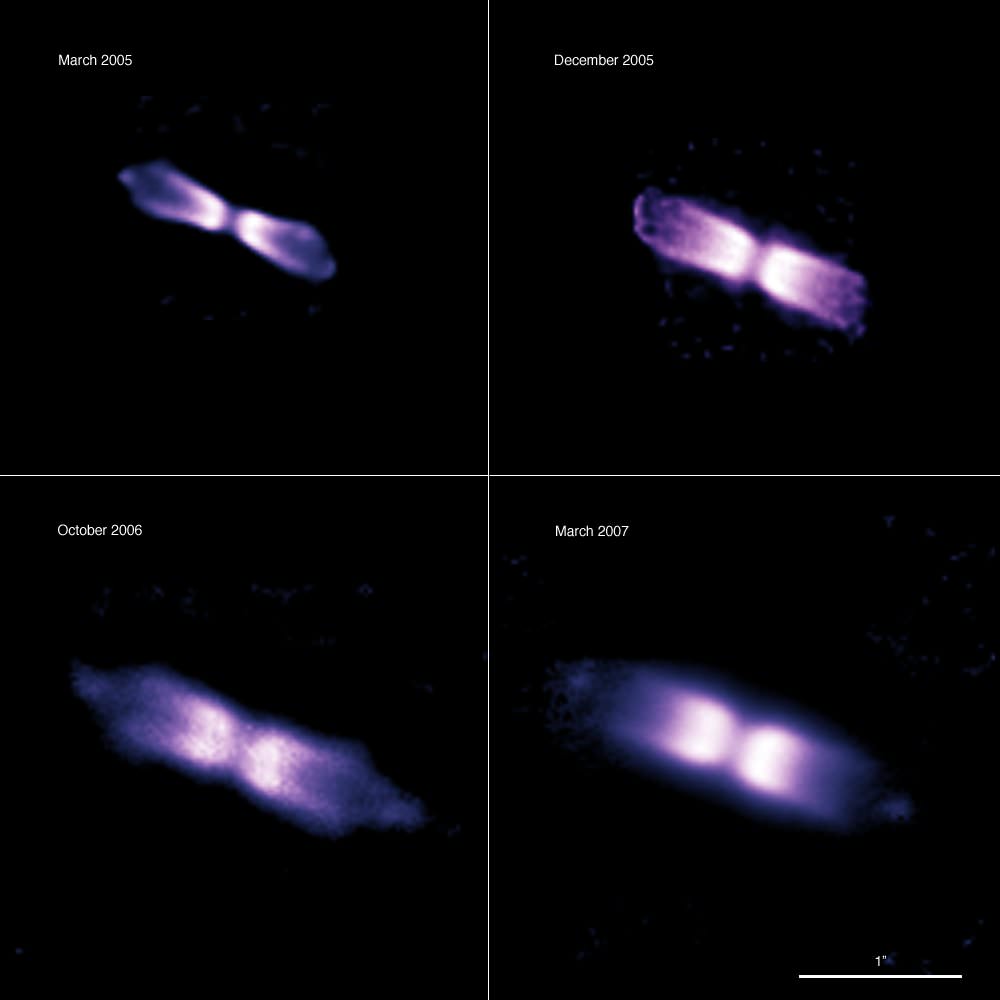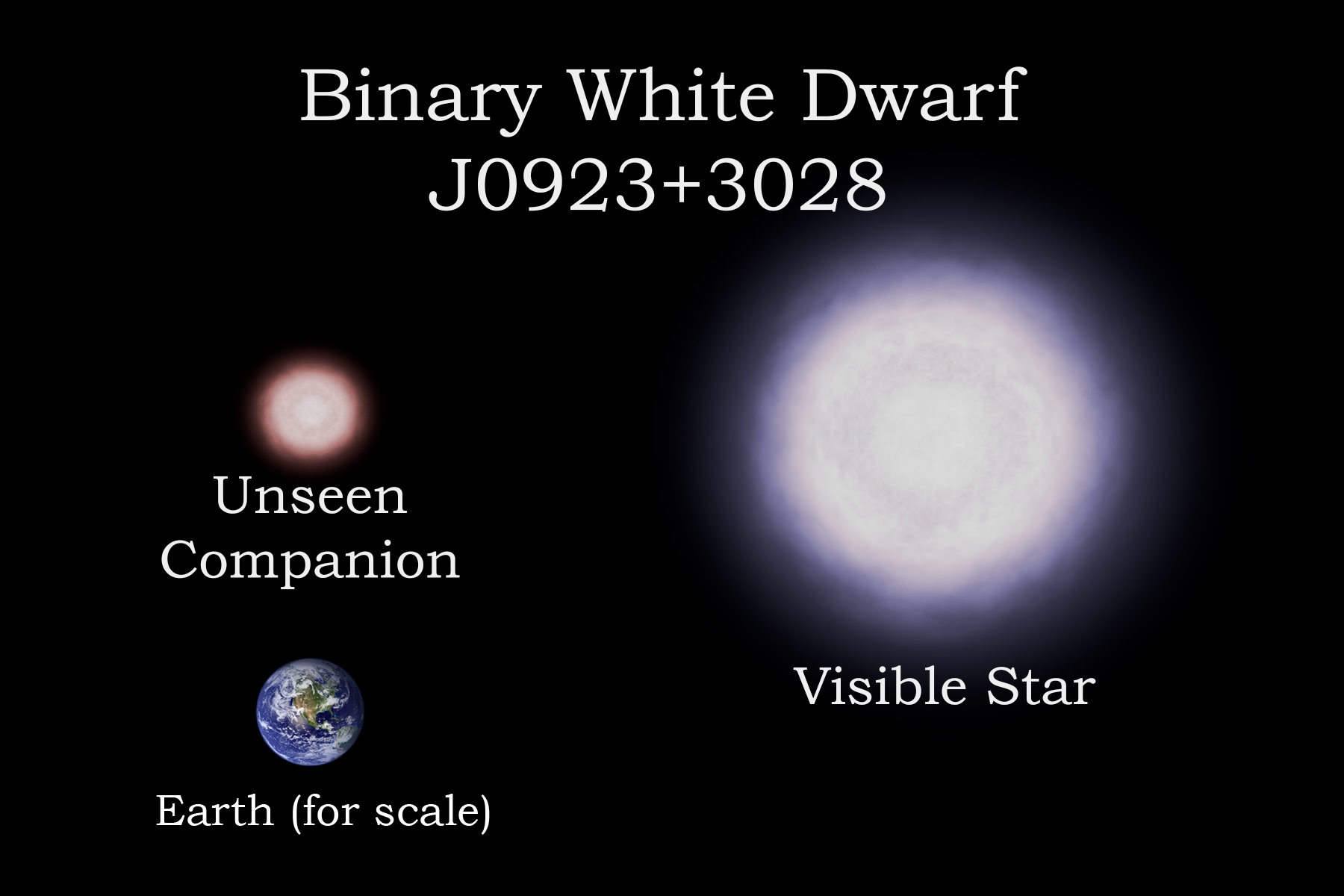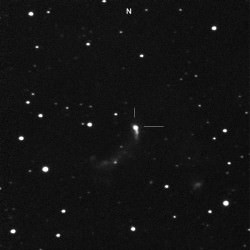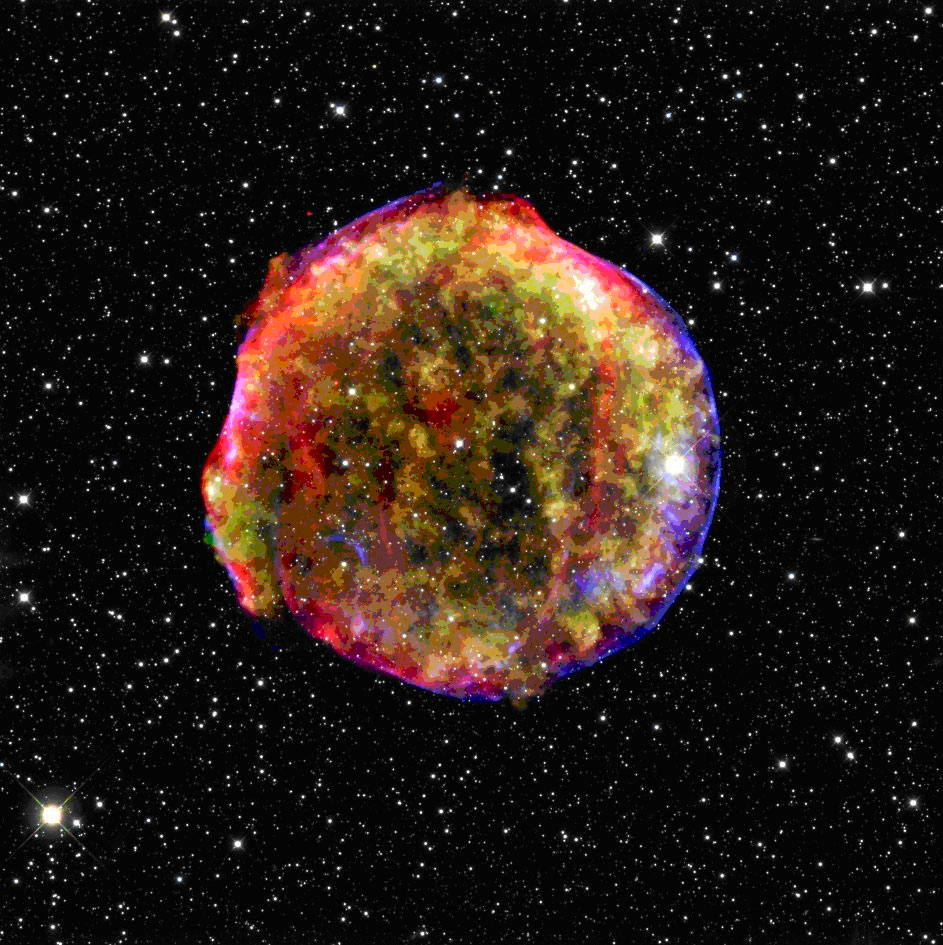[/caption]
When high mass stars end their lives, they explode in monumental supernovae. But, when the most massive of these monsters die, theory has predicted that they may not even reveal as much as a whimper as their massive cores implode. Instead, the implosion occurs so quickly, that the rebound and all photons created during it, are immediately swallowed into the newly formed black hole. Estimates have suggested that as much as 20% of stars that are massive enough to form supernovae collapse directly into a black hole without an explosion. These “failed supernovae” would simply disappear from the sky leaving such predictions seemingly impossible to verify. But a new paper explores the potential for neutrinos, subatomic particles that rarely interact with normal matter, could escape during the collapse, and be detected, heralding the death of a giant.
Presently, only one supernova has been detected by its neutrinos. This was supernova 1987a, a relatively close supernova which occurred in the Large Magellanic Cloud, a satellite galaxy to our own. When this star exploded, the neutrinos escaped the surface of the star and reached detectors on Earth three hours before the shockwave reached the surface, producing a visible brightening. Yet despite the enormity of the eruption, only 24 neutrinos (or more precisely, electron anti-neutrinos), were detected between three detectors.
The further away an event is, the more its neutrinos will be spread out, which in turn, decreases the flux at the detector. With current detectors, the expectation is that they are large enough to detect supernovae events around a rate of 1-3 per century all originating from within the Milky Way and our satellites. But as with most astronomy, the detection radius can be increased with larger detectors. The current generation uses detectors with masses on the order of kilotons of detecting fluid, but proposed detectors would increase this to megatons, pushing the sphere of detectability to as much as 6.5 million light years, which would include our nearest large neighbor, the Andromeda galaxy. With such enhanced capabilities, detectors would be expected to find neutrino bursts on the order of once per decade.
Assuming the calculations are correct and that 20% of supernova implode directly, this means that such gargantuan detectors could detect 1-2 failed supernovae per century. Fortunately, this is slightly enhanced due to the extra mass of the star, which would make the total energy of the event higher, and while this wouldn’t escape as light, would correspond to an increased neutrino output. Thus, the detection sphere could be pushed out to potentially 13 million lightyears, which would incorporate several galaxies with high rates of star formation and consequently, supernoave.
While this puts the potential for detections of failed supernovae on the radar, a bigger problem remains. Say neutrino detectors record a sudden burst of neutrinos. With typical supernovae, this detection would be quickly followed with the optical detection of a supernova, but with a failed supernova, the followup would be absent. The neutrino burst is the beginning and end of the story, which could not initially positively define such an event as different from other supernovae, such as those that form neutron stars.
To tease out the subtle differences, the team modeled the supernovae to examine the energies and durations involved. When comparing failed supernovae to ones forming neutron stars, they predicted that the failed supernovae neutrino bursts would have shorter durations (~1 second) than ones forming neutron stars (~10 seconds). Additionally, the energy imparted in the collision that makes up the detection would be higher for failed supernovae (up to 56 MeV vs 33 MeV). This difference could potentially discriminate between the two types.

